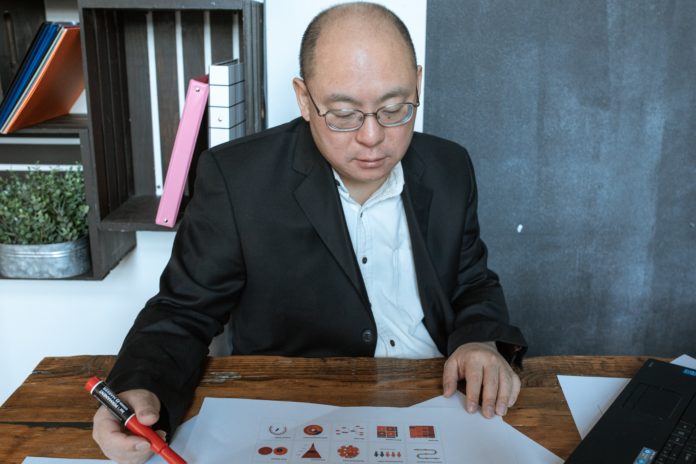Technology has been at the forefront when it comes to augmenting human capabilities, and it will continue to be a key enabler in creating a seamless hybrid work environment. CHROs are well positioned to assess and deploy the best digital platforms that provide their workers the best working environment while keeping them engaged and productive.
IDC Future of Work Asia/Pacific’s latest report titled The Chief Human Resource Officer’s Role in Enhancing Employee Experience in the New Normal analyzes some key areas that a CHRO should address in the near term, and highlights why it is crucial for a CHRO to play the anchor role in effectively driving workforce and cultural changes, especially as organizations plan their people and business strategy.
Demand for talent with the right skills for the digital age will be one of the key defining factors of winning organizations. CHRO’s will need to accelerate their skills in several critical areas to be able to deliver on the demands of the CEO’s, including:
- Identifying and retaining top talent
- Creating a strong recruitment pipeline
- Enabling an environment for creative and productive employees
To do this the CHRO needs to be seamlessly connected with the business strategy, and that means being totally engaged with IT strategy – both in terms of tools the business will be seeking to use, and the tools the CHRO can leverage.
The benefits of doing so will dictate the difference between merely surviving in these challenging economic times, versus those that are managing to thrive due to strong employee experience programs that enhance the productivity and loyalty of employees.
CHROs’ role is likely to significantly evolve, especially as they become instrumental in developing more holistic strategies for their workforce by getting more involved with business planning and strategy, assuming additional responsibilities in learning and development (L&D) and participating in IT decision making.
As organizations plan their strategies for the new normal or the post-vaccination era, they must re-examine how and where employees will work, how work structures will be organized, what talent management technologies will be required, and, overall, how new work requirements will be addressed.
“2020 clearly not only demonstrated the need for a digital-first business strategy, but also highlighted the scarcity of good talent in this critical area,” says Simon Piff, Vice President of Practice Research Group at IDC Asia/Pacific.
“The CHRO’s role will have to change to address this talent shortfall through improved employee experience (EX) programs – which must be heavily biased toward digital excellence, talent retention, and reskilling/upskilling of suitably motivated employees.
“Organizations must also be deeply involved in understanding the application of a broad range of technologies – both within and beyond those used in the realm of human resources (HR),”
HR’s business objective is no longer limited to the modus operandi of talent management processes but is now around creating the right working environment and empowering employees for future enterprises to achieve their organization’s digital transformation (DX) goals.
Organizations wishing to capitalize on workforce transformation’s benefits should critically evaluate the current state of its talent strategies, policies, procedures, and technology infrastructure to develop a holistic strategy supporting them and a work practice helping them to: enhance worker experience, encourage human machine collaboration, empower its workforce with technologies precisely meeting their work requirements and attract and retain the best talent.














